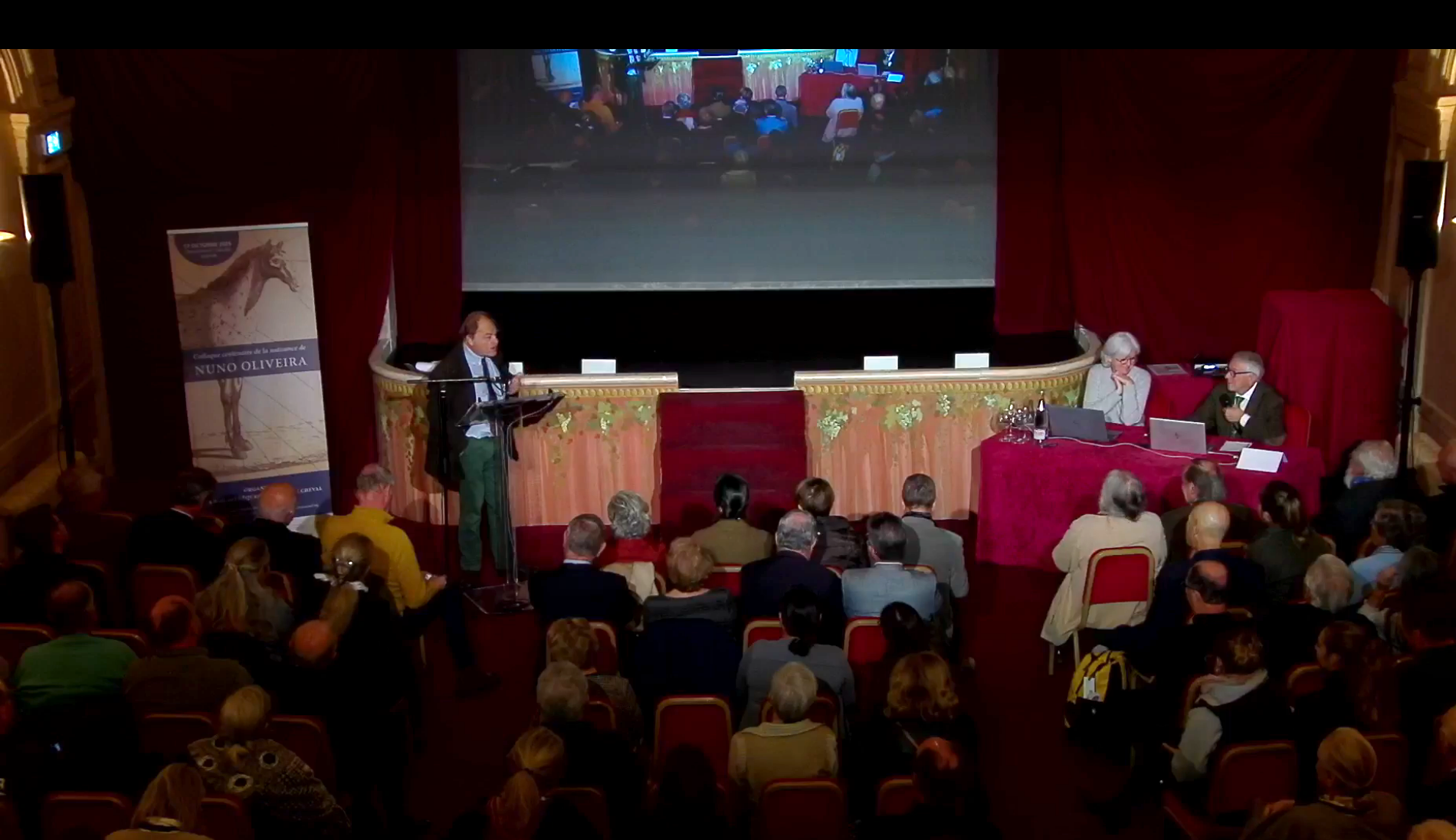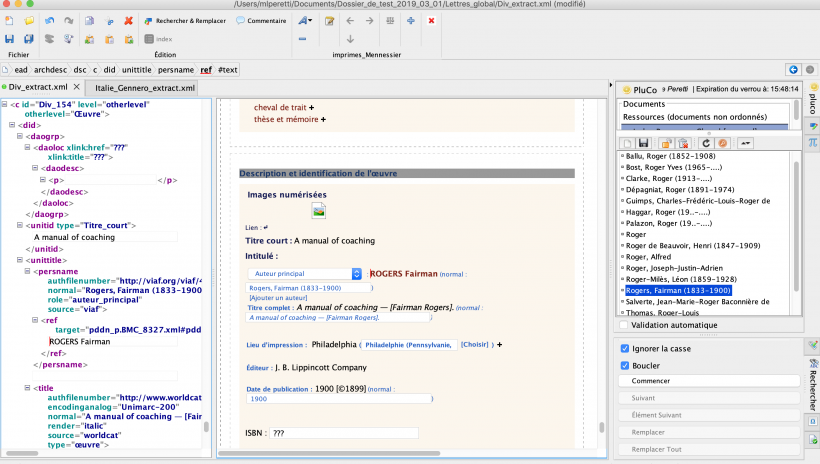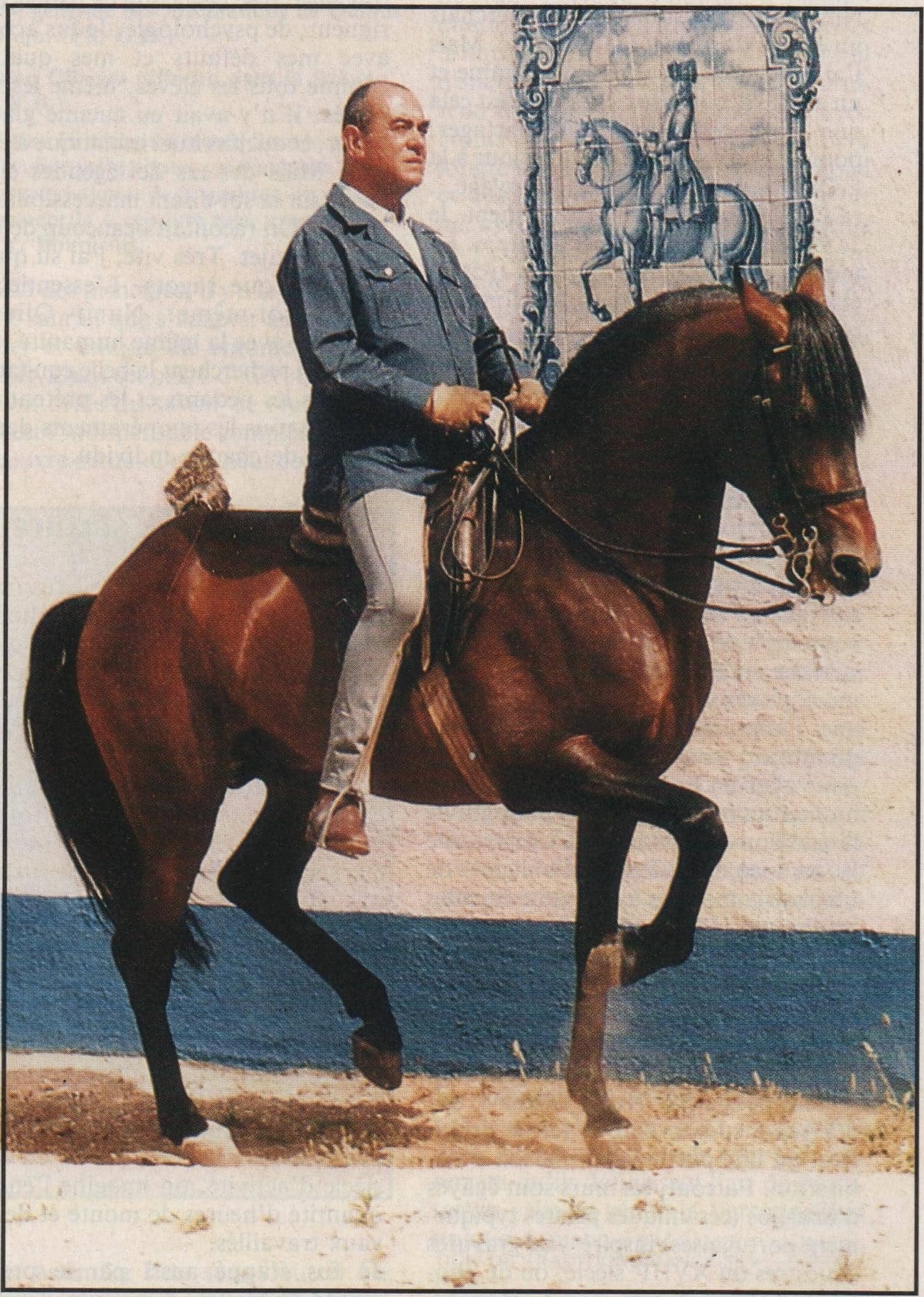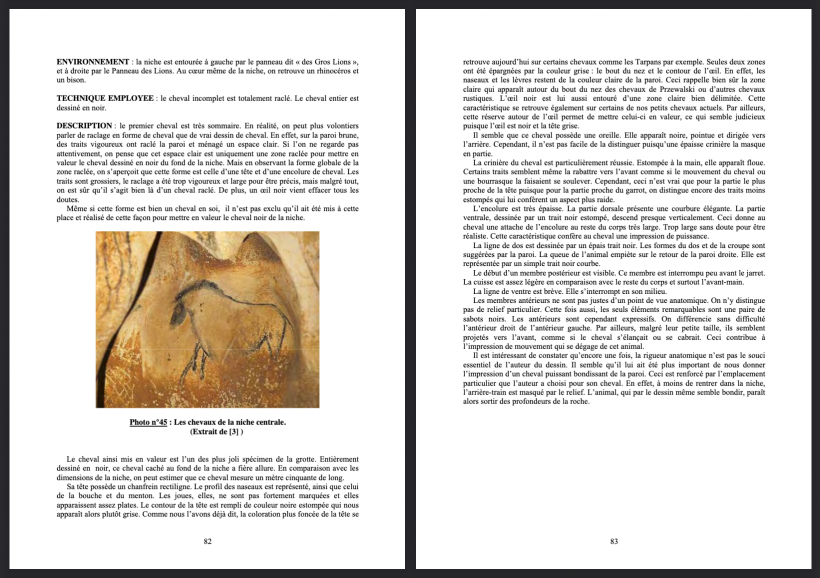
Locomotion and chrono-photography
Since the beginning of time, man has been fascinated by the speed of the horse. The cave paintings are the first testimony of this. The drawings of horses with several legs on the rocky walls of the caves should be animated by the reflection of the flickering flames of an oil lamp. The paroxysm of the representation of speed was captured by Géricault in 1821 in the famous piece Derby in Epson , in which in a moment of suspension the horses seemed to float in the air, with the four extremities extended at the same time.
It would be necessary to wait about fifty years, with the investigations of Marey and Maybridge to understand that that flying gallop was totally unreal. The first quickly understood that the horse always has one leg on the ground. His controversial publications arouse curiosity on the other side of the Atlantic and the North American billionaire Leland Standford, a great lover of horses, hired Maybridge in 1878 to demonstrate through photography the affirmations of Marey. Later, these two men worked in the development of a system that allows taking successive shots, which was called chrono-photography. His fantastic shots put an end to the myth of the flying gallop.
See more:





